A JOURNEY FROM COMFORT TO FLIGHT
Crashing out of my comfort zone into a place of confidence
The comfort zone is a behavioural state within which a person operates in an anxiety-neutral condition, using a limited set of behaviours to deliver a steady level of performance, usually without a sense of risk.”
(White 2)
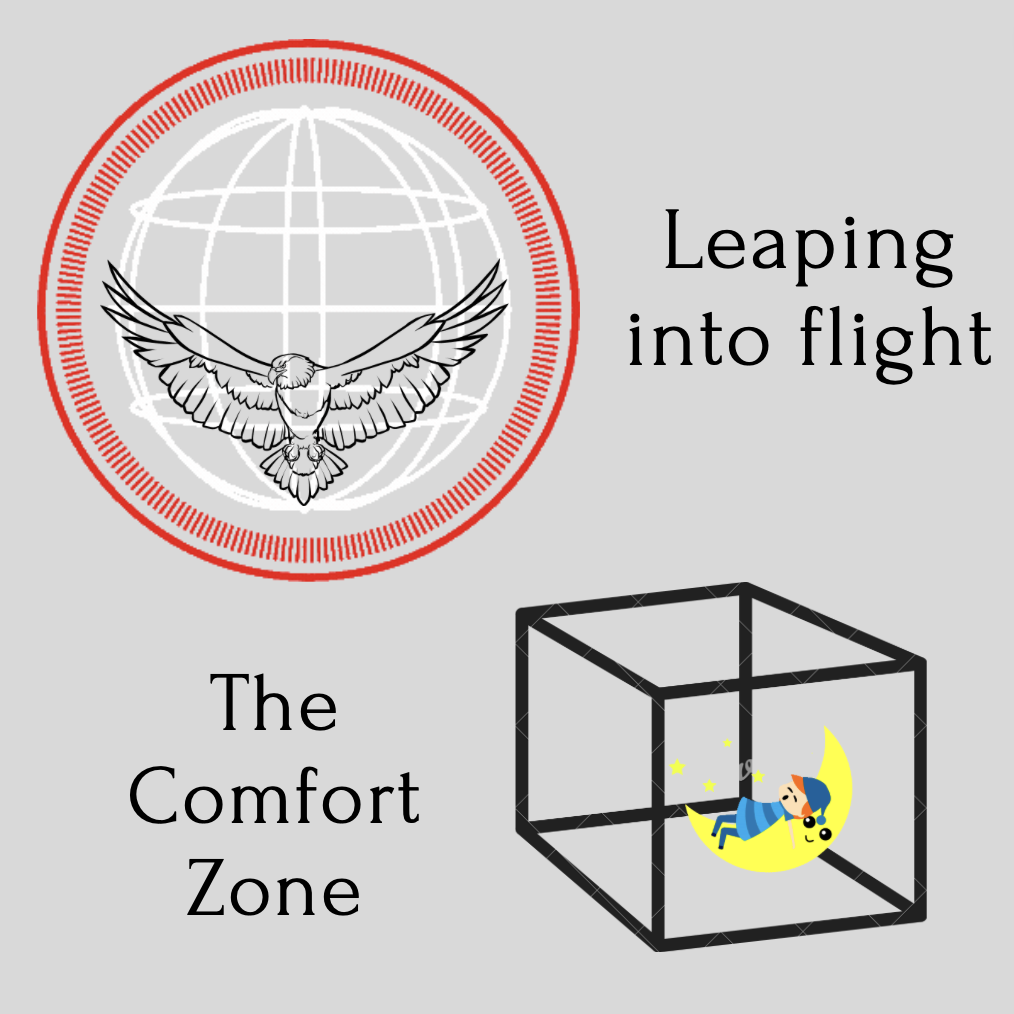
We all know that feeling, that feeling of blissful ease in our comfort zone. It’s like laying back on plush pink clouds and being getting anything you want handed to you by one of those attractive waiters (you know the ones that really just enhance the experience?). Then we have the flight zone. How do you think birds learn to fly? It’s weaved into their fabric, however, it is only if they take a leap of risk that they will learn how to fly. Comparatively, the condor learning to fly teaches us about how we are often hesitant to take risk and arise into flight. Yet, when we choose to make the leap into flight we gain confidence and balance. The condor gains strength in its wings and encounters the sublime beauty of the landscape, whereas, we gain strength in our abilities and are able to overlook the power of our potential and our new breadth of vision. The comfort zone keeps us stagnated, flight leads us to soar!
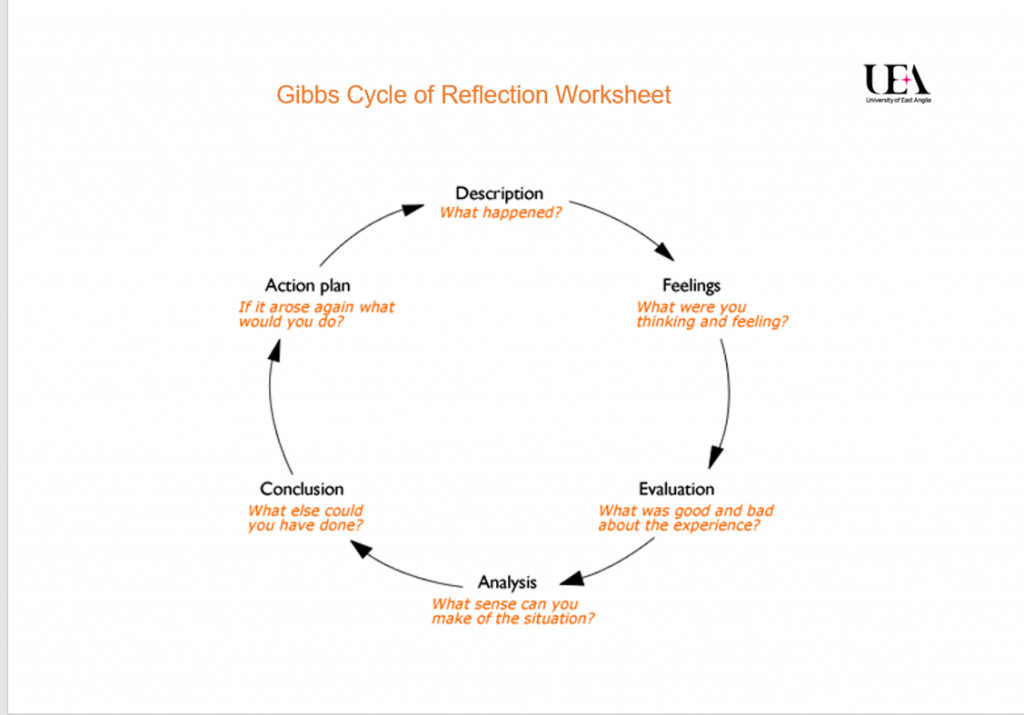
I have been on work experience with Bradley Henderson, an Award-winning Northern Irish photographer through my work-based learning module at Queen’s University. When I had finally grown comfortable working in the studio setting and posing female models Bradley challenged me to organise three independent shoots with men. I will be using Gibbs model of reflection to review how I responded to this challenge.
How did that feel? All good . . . right?
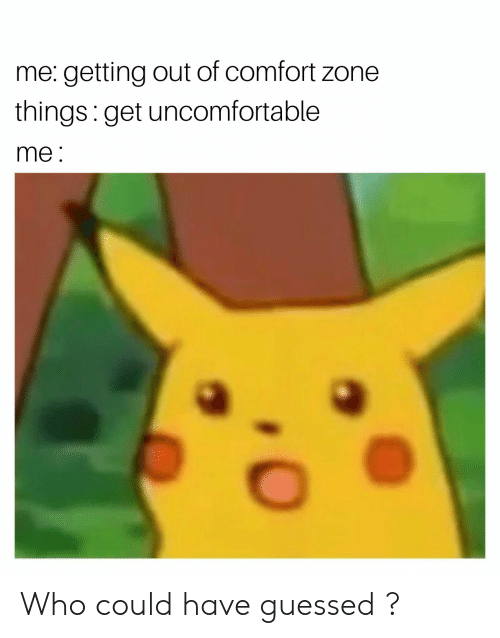
After Bradley spoke to me about this idea, I walked away saying “Of course, no problem”, but truthfully it WAS a problem. Initially, when I began work experience I asked Bradley to teach me as much as he could in the time I had with him. Nevertheless, when he proposed this challenge to me, I was looking pretty close to Pikachu over there.
I started to feel doubtful of my own abilities. I had never really photographed a male model before. Their physique and style are so distinct from women’s – how was I going to do that? Additionally, the idea of accomplishing it independently was intimidating. Without Bradley, I would not have guidance from if I was falling into the acute mistakes which he often saved me from in the studio.
I grew self-aware of the war going on in my head. I recognised it was a war against my comfort zone, not my ability. As a perfectionist, I identified has a pattern of self-doubt in my photography journey. Before almost every photoshoot and every day I joined Bradley, I doubted my potential. For me, the most staggering realisation was that I hadn’t noticed or confronted the subduing paradigm of self-doubt and tendency to stay in my comfort zone.
Furthermore, I also began to realise that despite my self-doubt I am often very satisfied with the outcome after a photoshoot. As I am often very prepared and discover more about the range of my own style and capability. I knew if I chose to work from a place of insecurity I would be nervous, not enjoy myself and overthink. In my reflection I came to an understanding: “Entrepreneurship is born out of risk-taking and passion” (Barton 112). Therefore, I decided to take the leap of flight into my own unknown and unexplored potential.
Barton’s wisdom eludes to the idea that flight into risk-taking is an enhancement of entrepreneurial skills. Consequently, in my passion to develop my own business I grew determined to challenge myself and encourage my growth of entrepreneurial skills. I decided not to doubt myself and reflect on the success of past photoshoots to base my desire to improve from a place of confidence in contrast to a place of insecurity.
Perfectionism sets an unattainable goal, leading to discontentment; but choosing to work hard from a place of confidence would lead me to the best work I could produce. I’d do all I could to get the shots I wanted, even if it looked something like this:
@emilyinwanderland Couldn’t believe my eyes in egypt. #photographerslife #egypt #travel #crazypeople #fy #viral #foryoupage #9gag #whatisgoingon #travellife #fyp
♬ Inside Their Head – TT remix
Challenging the comfort zone: Evaluation of the outcome
In order to breakthrough my comfort zone, I worked hard in preparation with the expectation of success rather than the fear of failure. Additionally, in order to push myself further out of my comfort zone I decided I wanted to shoot in a street style aesthetic for the first time. I had always wanted to do so, but I was used to studio portraits where you can control the light, shadows, backdrop colours and get yourself a wee cup of tea while you shoot. You can’t control the lighting or colours outside, you have to learn to work with it. Despite this, I was determined that if I was going to challenge myself I was truly going to take flight.
I was preparing for the first shoot with a model called Themba to shoot street style for the first time. As I walked through Belfast city, I observed architecture and locations I found intriguing and began to use my imagination to structure the shoot I had. I watched endless videos about posing male models and spoke to Bradley about what flattered the male physique. I spent time relentlessly studying with my eye the style and flair of street photographers such as Allan Schaller. I considered the intricacies of what made his work compelling. It was a very insightful and educating process that helped to develop my photographic eye and intuition. I trusted that the time I spent preparing would be evident in my style.




On the day of shooting with Themba, I was looking forward to the shoot and feeling confident, I had everything ready to go and was prepared. My batteries were charged, my SD card clear, my lenses packed – but my model had not arrived. If you know anything about people from Africa like Themba from Zimbabwe and myself who is of a Kenyan background, we often operate on what is often referred to as “African time”. It refers to the “inherent” proclivity for tardiness which is derived from a slow-paced, unpredictable way of life we are used to in our home countries.

When Themba finally arrived and we did the shoot, it was evident the preparation paid off enormously. Each portrait is a blank canvas. Photographers must create the scene they want to exhibit by directing the model and moulding the location to their vision. The preparation I put in meant that I went to every location with intentionality of style and also tried unexpected locations which led to me shooting in ways I didn’t plan to, coming out with a range of images. I overlooked the stares people passing in the street and the voice of my own self-doubt which was growing quieter and quieter.
However, the time we weren’t shooting due to Themba’s tardiness cost us quite a bit of daylight. This taught that sometimes no matter how much you prepare and have everything aligned that you feel you can, plans can still become subverted. However, it is your response which will make all the difference. So I chose to develop my problem-solving skills and move quickly against the clock. My preparation worked in my favour and I was able to move from location to location, rearranging the schedule to prioritise the superior locations for my personal vision. Eventually, it did get dark and so we spontaneously headed back to the studio space to get some more thought-provoking, expressive shots.
Bradley and Themba were exceedingly pleased with the outcome and the streetstyle shots and this led me to contact two other models to complete my mission assigned by Bradley. Ose was featured in the streetstlye shoot and Craig was featured in the studio shoot.
Ose Evbuomwan, Njambi Photography copyright
Analysis and Conclusion
I learned not to settle for a cookie cutter, baby butter mindset that won’t help me to grow.
While this was a seemingly trivial discourse about comfort zones in photography, learning the effect of breaking out of your comfort zone is transcendent. It can be utilised in the workplace, in advancing your ambitions, in your relationships, in your creativity and in your overall potential.
My journey into flight enhanced my creativity and entrepreneurial skills immensely. In being challenged to work independently I was given an insight into the importance of detail-orientation and organisational skills you need to have in order to go into the creative industry as a freelance artist. Davies and Sigthorsson draw upon the of responsibility you must have in order to take flight into the industry as you do not sense of outward accountability you have with an employer (71). In independent work you lead and direct yourself which increased my understanding that then there are problems, you are fully responsible and must have the managerial skills to overcome the problem.
The importance of creative risk in arts management across different industries is high but essential in order to generate profit (Byrnes 6). Who would you be if you continually pushed yourself out of your comfort zone? Who would you be if you didn’t branch out of your comfort zone? When you branch out of that zone, what was uncomfortable becomes newly comfortable. The comfort zone has a cost, do not allow your potential for greatness to pay the price.
In regards to my action plan for the future, I choose to perceive the comfort zone as the lowest standard of my potential. I choose to embrace opportunity, risk and believe in my capacity for flight in order to reach a new height.





Craig Brashaw, Njambi Photography copyright
Bibliography
Barton, G. (2016) Don’t Get a Job… Make a Job. London: Laurence King.
Byrnes, W.J. (2015) Management and the arts. Burlington, MA: Focal Press.
White, Alasdair. (2009) From Comfort Zone to Performance Management. Belgium: White and MacLean Publishing. Print.
Davies, R. and Sigthorsson, G. (2013) Introducing the Creative Industries: From Theory to Practice. London: SAGE.
Blog post 1
You May Also Like

Assumption – the Parent of Confusion
24 November 2021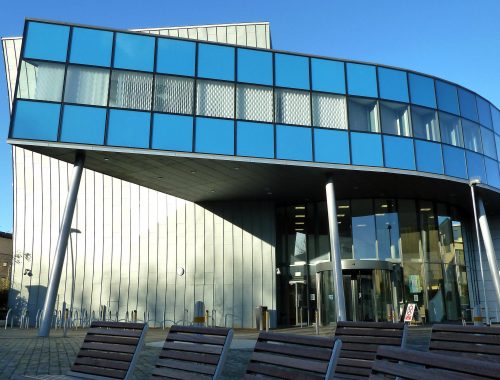
Roles Reversed
26 November 2021

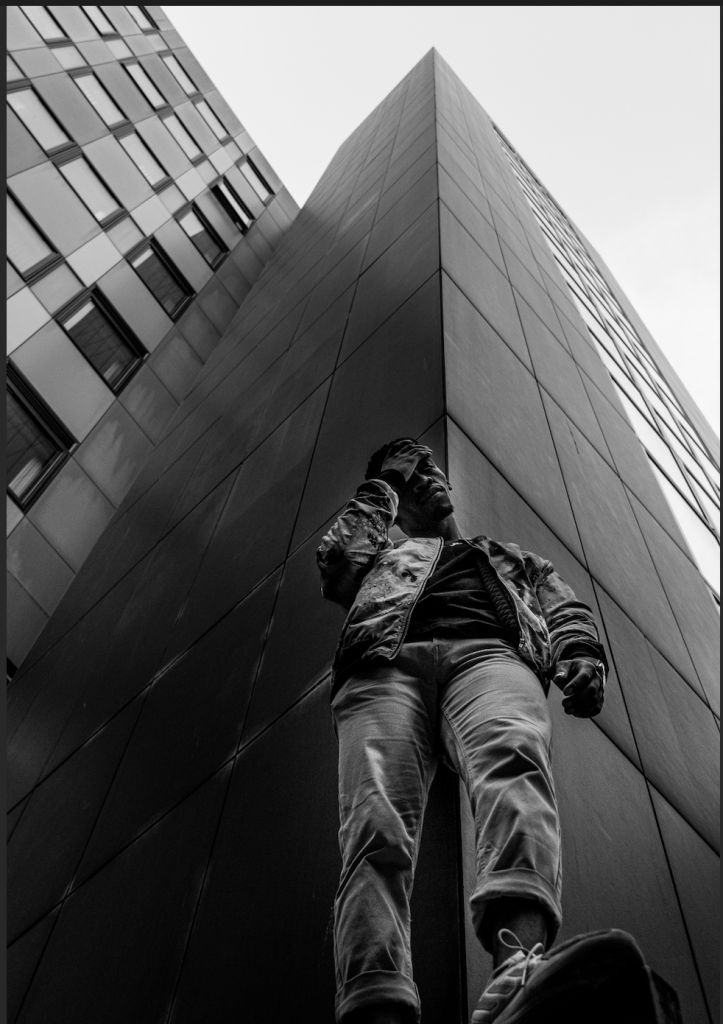
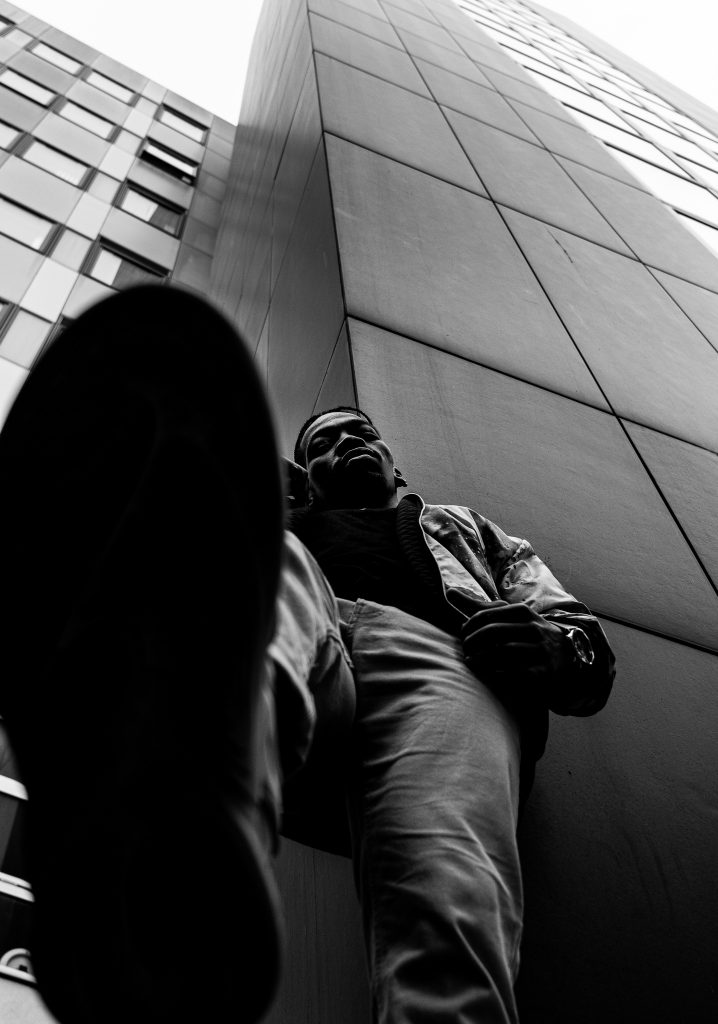
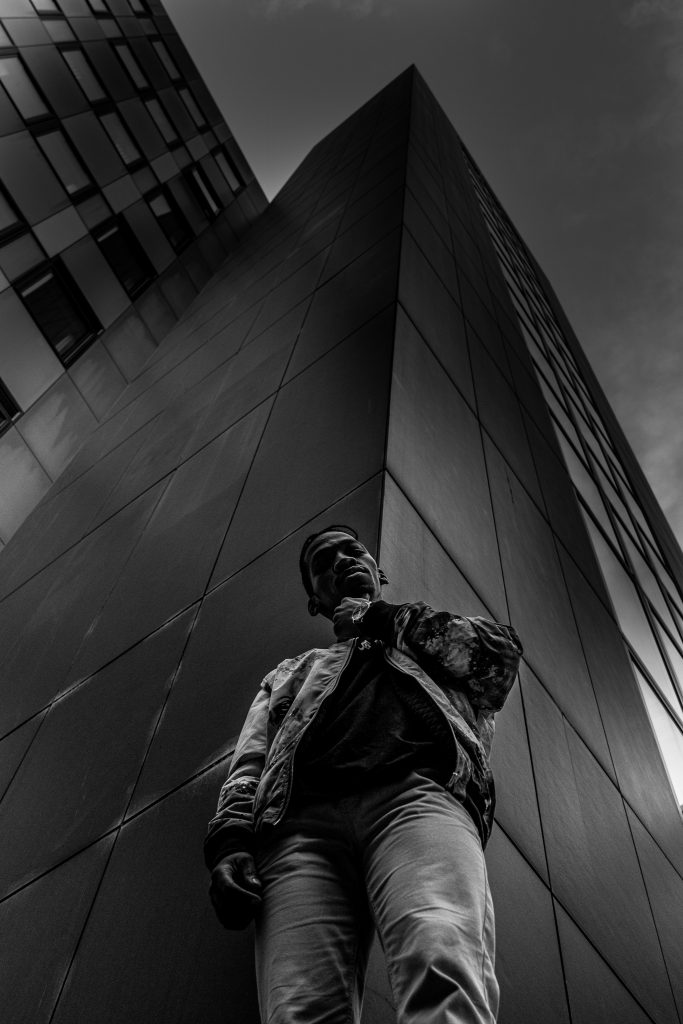




One Comment
Njambi
https://blogs.qub.ac.uk/ael3001-2021/2021/12/03/a-journey-from-comfort-to-flight/